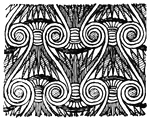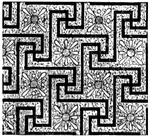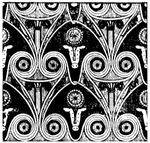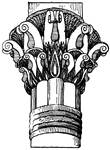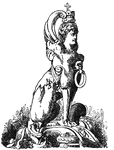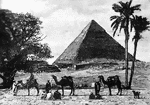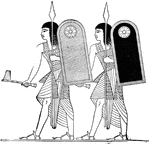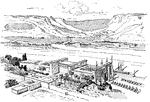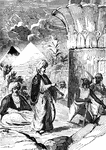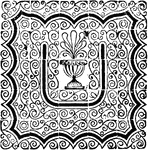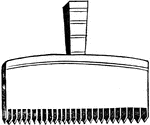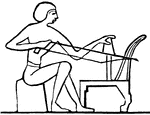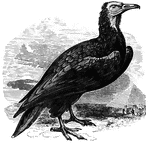
Egyptian Vulture
N. percnopterus, common to Africa, sometimes found in Southern Europe and in Asia. Males and…

Great Short-Eared Owl
Genus ascalaphia, a large owl, native to southern Europe and northern parts of Egypt.
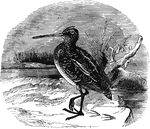
European Snipe
Ranging as far north as Scandanavia, Iceland, and Greenland in the summer, the European snipe migrates…

Sacred Ibis
Found throughout Africa, the sacred (or white) ibis was revered by the ancient Egyptians.

Ampullaria dubia
"The A. dubia is found in the Nile. Several of this genus, brought from Egypt to Paris packed…
Excerpt from the Rosetta Stone
"In 1799, the Rosetta Stone was found and gave the first key to the reading of hieroglyphics. On this…

Rosetta Stone Sample
"In 1799, the Rosetta Stone was found and gave the first key to the reading of hieroglyphics. On this…
Rosetta Stone
"In 1799, the Rosetta Stone was found and gave the first key to the reading of hieroglyphics. On this…

Ramses II in Profile
"Ramses II was a powerful sovereign, called Sesostris by the Greeks, identified by many with the Pharaoh…

mummy
"Mummy. Another striking religious custom was the embalming of the dead. It was thought that the soul…
Sowing
"Egyptian Sowing. The people were mainly agricultural, but employed rude methods of cultivation. In…

Sacred Beetle
"Many of the dung beetles, among which the Sacred Beetle of the Egyptians, Scarabus Aegyptiorum,…

Date Palm
"Date Palm is a genus of palms, the most important species of which is the common date palm, the palm…

Temple of Karnak
"Karnak is a village in Egypt built on the site of Thebes, on the bank of the Nile, and renowned for…
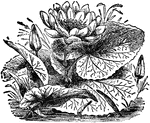
Egyptian Water Lily
"Lotus is a name given to various flowers, including several beautiful species of water lily, especially…

Nelumbium
"Nelumbium is the typical and only genus of the order Nelumbiaceæ. The species are remarkable…
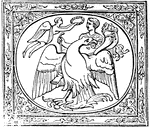
Apotheosis
"The enrollment of a mortal among the gods. The mythology of Greece contains numerous instances of the…
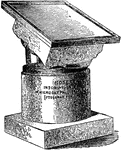
Rosetta Stone
"Rosetta Stone is the name given to a stone found near the Rosetta mouth of the Nile by a French engineer…

Sphinx
"Sphinx is a Greek word signifying 'strangler,' applied to certain symbolical forms of Egyptian origin,…
Clavis
"A key. The key was used in very early times, and was probably introduced into Greece from Egypt; although…
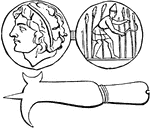
Falx
"A sickle; a scythe; a pruning knife or pruning hook; a bill; a falchion; a halbert. As culter denoted…

Egyptian hunter
"Hounds were also used to pursue game, as may be perceived from the subjoined representation of a huntsman…

Egyptian Glassblowers
"The form of the bottle and the use of the blow-pipe are unequivocally indicated; and the green hue,…
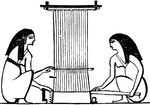
Egyptian Weaving
"The use of the spindle and loom, sewing, braiding, etc, form the subjects of many of the paintings,…

Egyptian chair
"The Egyptian chairs of which we have a great variety of representations, were not inferior in elegance…
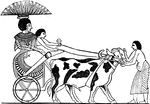
Ethiopian Princess
"An Ethiopian princess on her journey through Upper Egypt to Thebes. The chariot is drawn by oxen, a…
